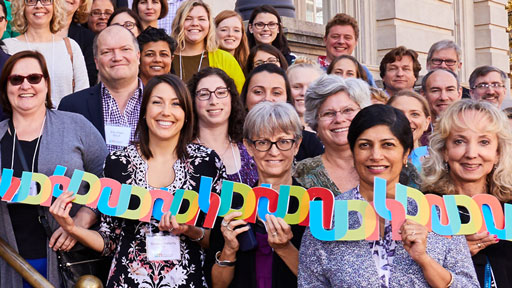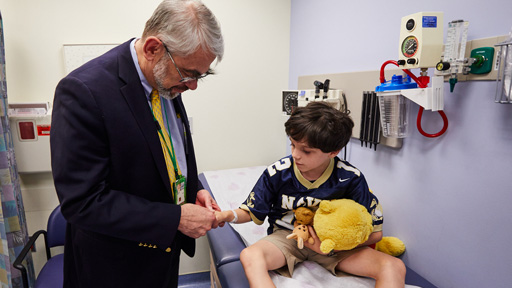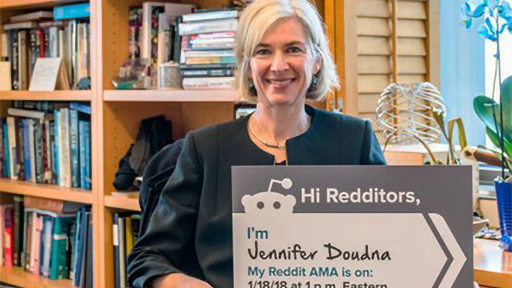The National Institutes of Health (NIH) Undiagnosed Diseases Program (UDP) is part of the Undiagnosed Disease Network (UDN). The UDP was organized by the National Human Genome Research Institute (NHGRI), the NIH Office of Rare Diseases Research (ORDR) and the NIH Clinical Center initially in 2008. The UDN was funded by the NIH Common Fund from 2013-2022.
Explore this Page
UDP Staff
Leadership

William A. Gahl, M.D., Ph.D.
- Co-Director, Pediatrician, Geneticist
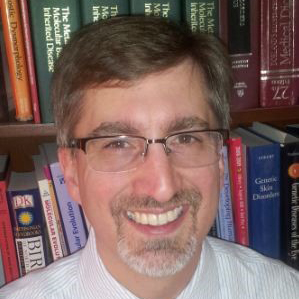
David Adams, M.D., Ph.D.
- Co-Director, Pediatrician, Geneticist
Site Operations

Lynne A. Wolfe, M.S., CRNP
- Site Coordinator Adult & Pediatric Nurse Practitioner
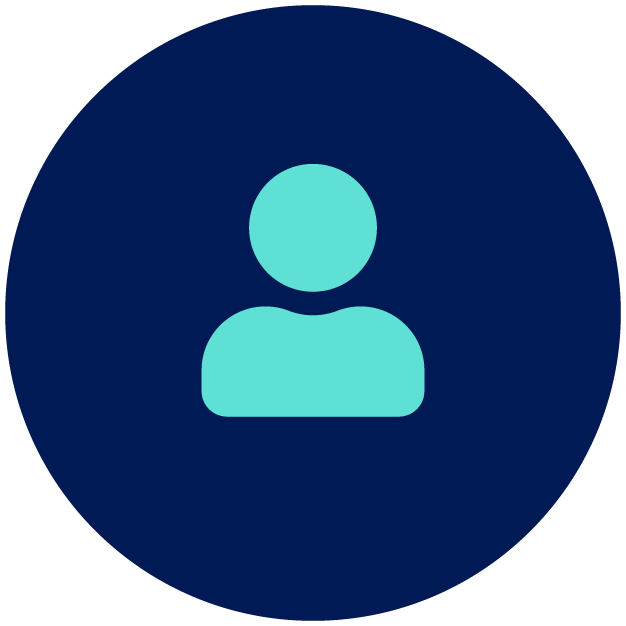
Irene M. Rodriguez, B.S.
- Patient Care Coordinator
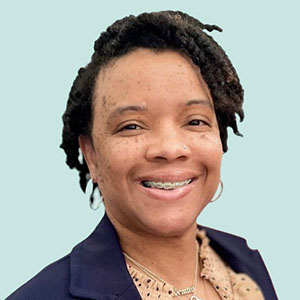
Danielle M. Harris
- Patient Care Coordinator

Ellen F. Macnamara, ScM, CGC
- Genetic Counselor
Adult UDP
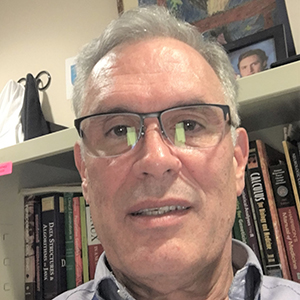
Camilo Toro, M.D.
- Director, Urologist
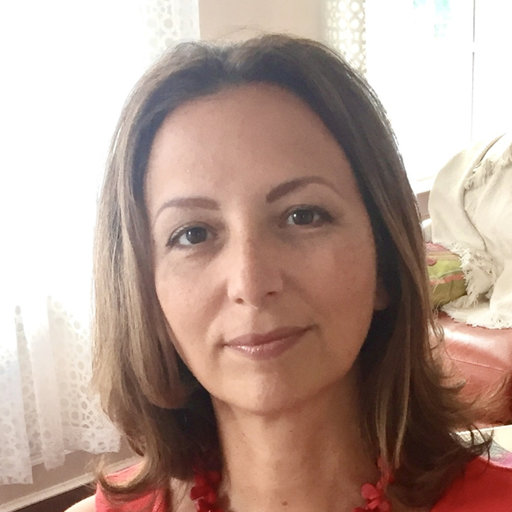
Donna N. Novacic, M.D.
- Internist
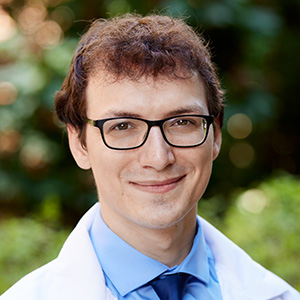
Francis Rossignol, M.D.
- Geneticist

Colleen Howe, CRNP, DNP
- Family Nurse Practitioner

Margaret E. Delgado, CRNP, DNP
- Adult Nurse Practitioner
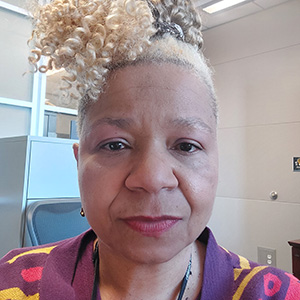
Carolyn Allen, CRNP, DNP
- Family Nurse Practitioner

Orpa M. Jean-Marie-Marie-Luce, MSN, RN
- Research Nurse Coordinator
Pediatric UDP
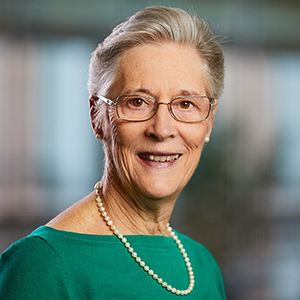
Cynthia Tifft, M.D., Ph.D.
- Director, Pediatrician, Geneticist

Maria Teresa Acosta, M.D.
- Pediatric Neurologist
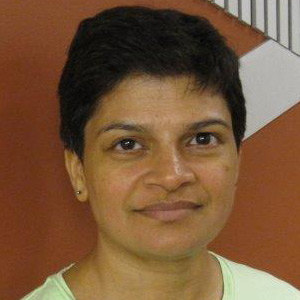
Precilla D'Souza, CRNP, DNP
- Pediatric Nurse Practitioner
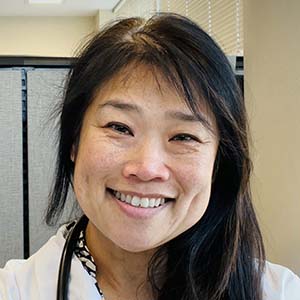
Sandy Chow, MSN FNP-BC ENP-C
- Family Nurse Practitioner

Heidi Wood, BSN, RN
- Research Nurse Coordinator

Megan Pierce, BSN, RN
- Research Nurse Coordinator
Bioinformatics
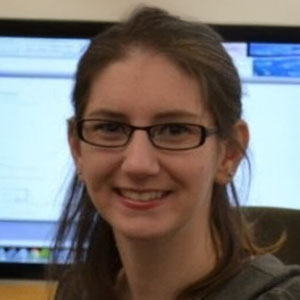
Barbara N. Swerdzewski, M.S.
- Computational Biologist
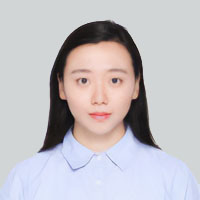
Jiayu Fu, M.S.
- Bioinformatician
UDP Translational Laboratory
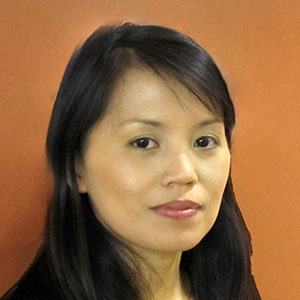
May Christine V. Malicdan, M.D., Ph.D.
- Director
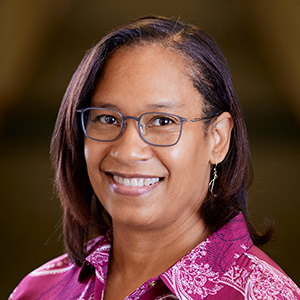
Valerie Maduro, M.S.
- Translational Laboratory Manager
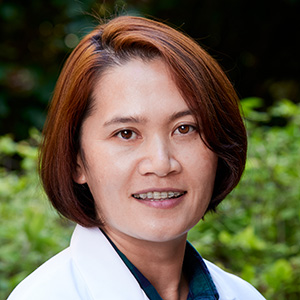
Petcharat N. Leoyklang, Ph.D.
- Scientist
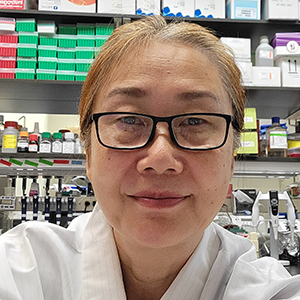
Yan Huang, B.S.
- Laboratory Technician

Jennifer Mansaray, B.S.
- Clinical Operations Assistant/Laboratory Technician
UDP Fellows
Predoctoral Fellows
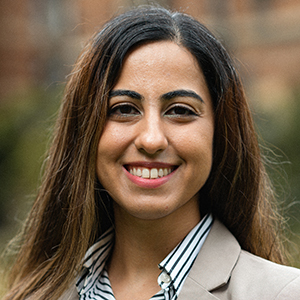
Marya S. Sabir
- Predoctoral IRTA Fellow
Postbaccalaureate Fellows
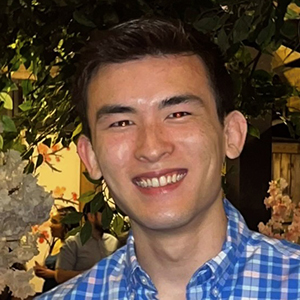
Jason R. McFadden
- Postbaccalaureate Fellow
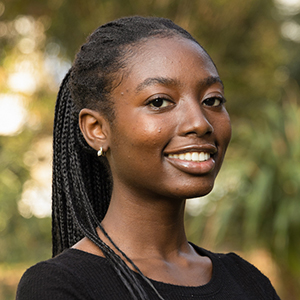
Wiljeen Paul
- Postbaccalaureate Fellow
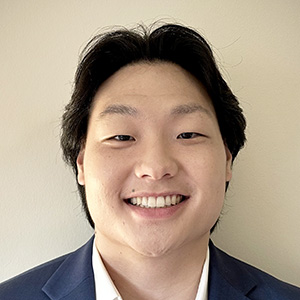
Christopher B. Song
- Postbaccalaureate Fellow
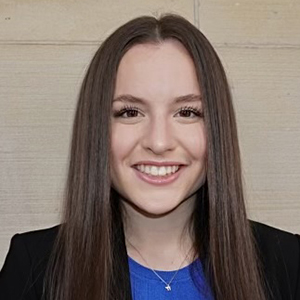
Zoe M. Wolfenson
- Postbaccalaureate Fellow
Postbaccalaureate Fellows (Cont'd)
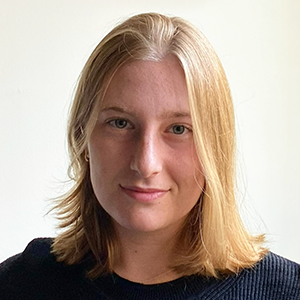
Julia Grafstein
- Postbaccalaureate Fellow
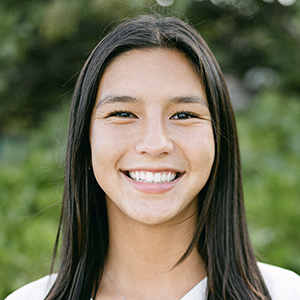
Yuka Aoyama
- Postbaccalaureate Fellow
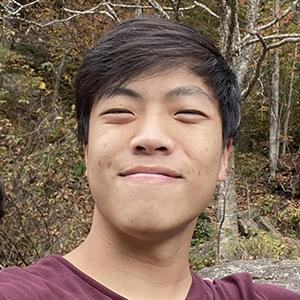
Brian Kim
- Postbaccalaureate Fellow
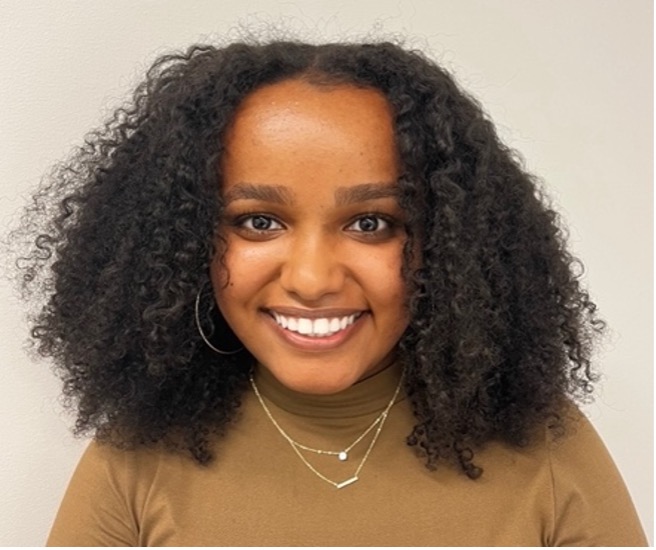
Ruth Hailemeskel
- Postbaccalaureate Fellow
Last updated: January 12, 2025

